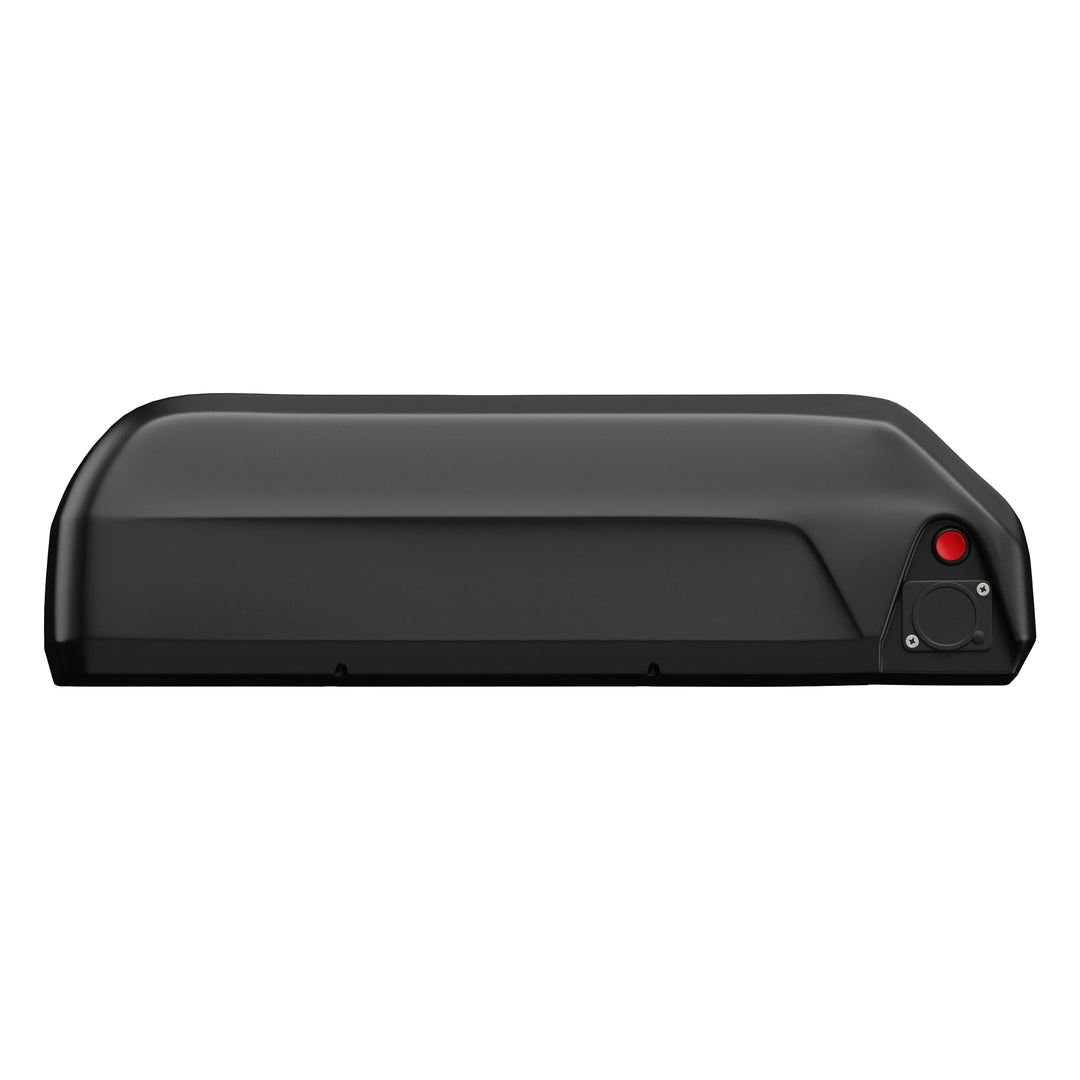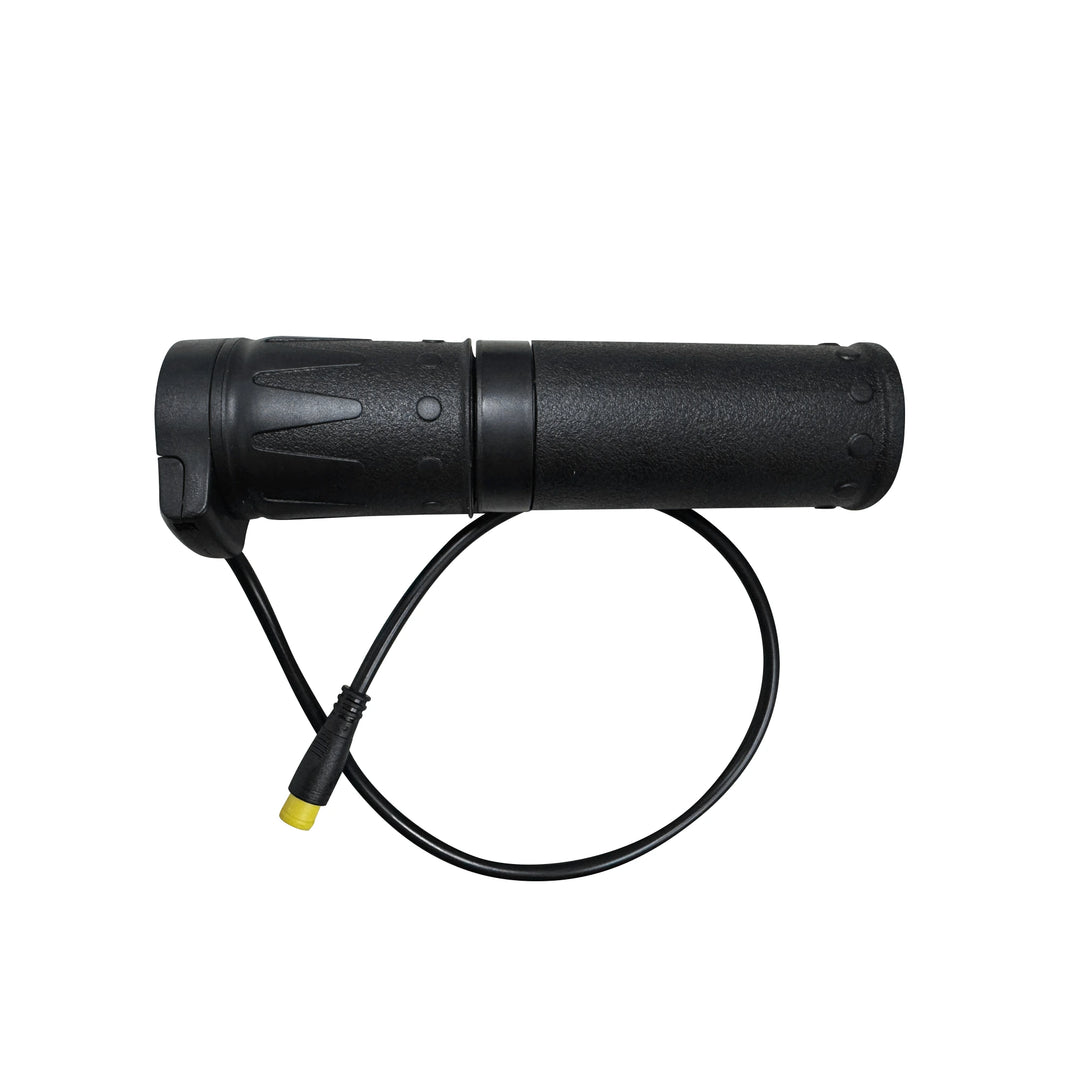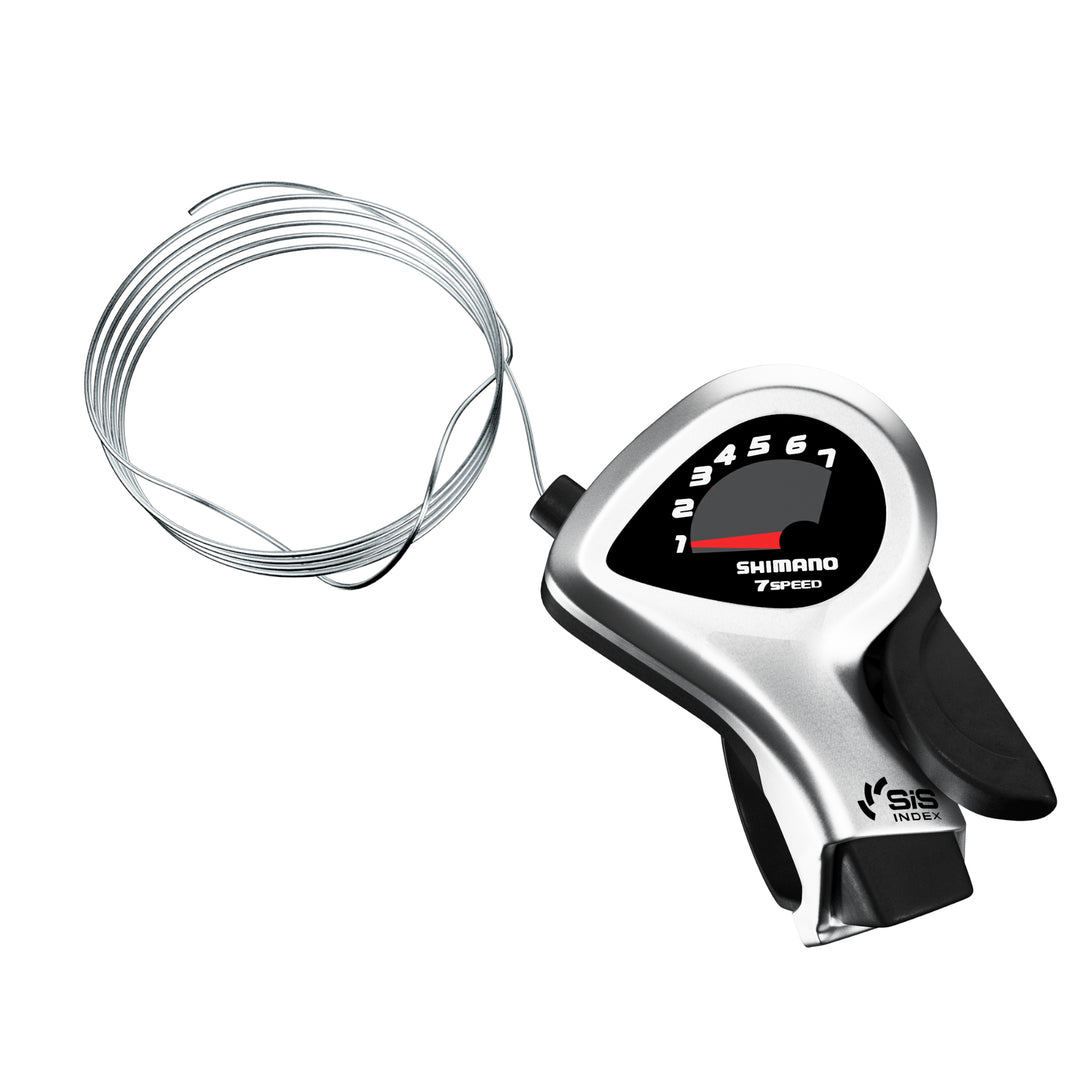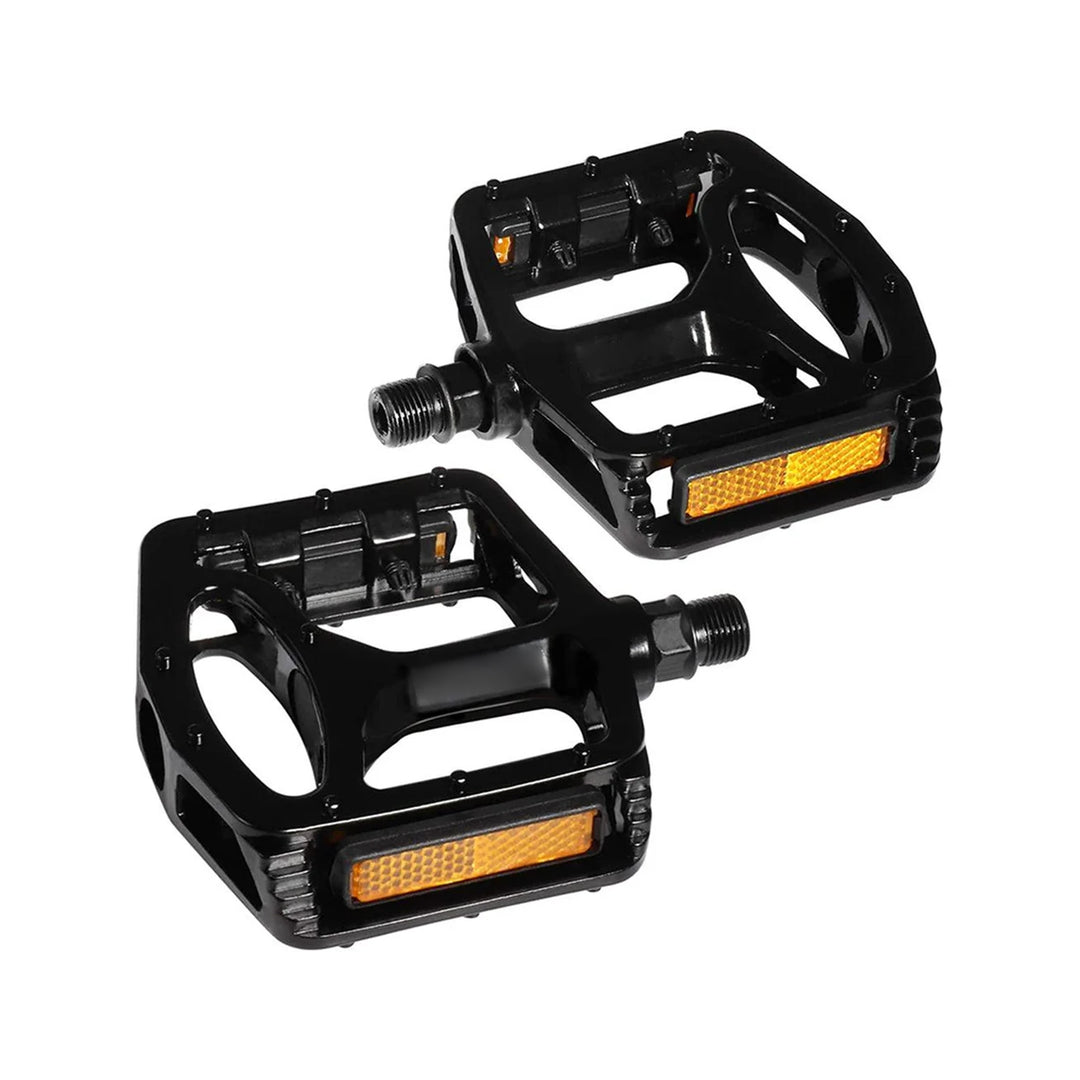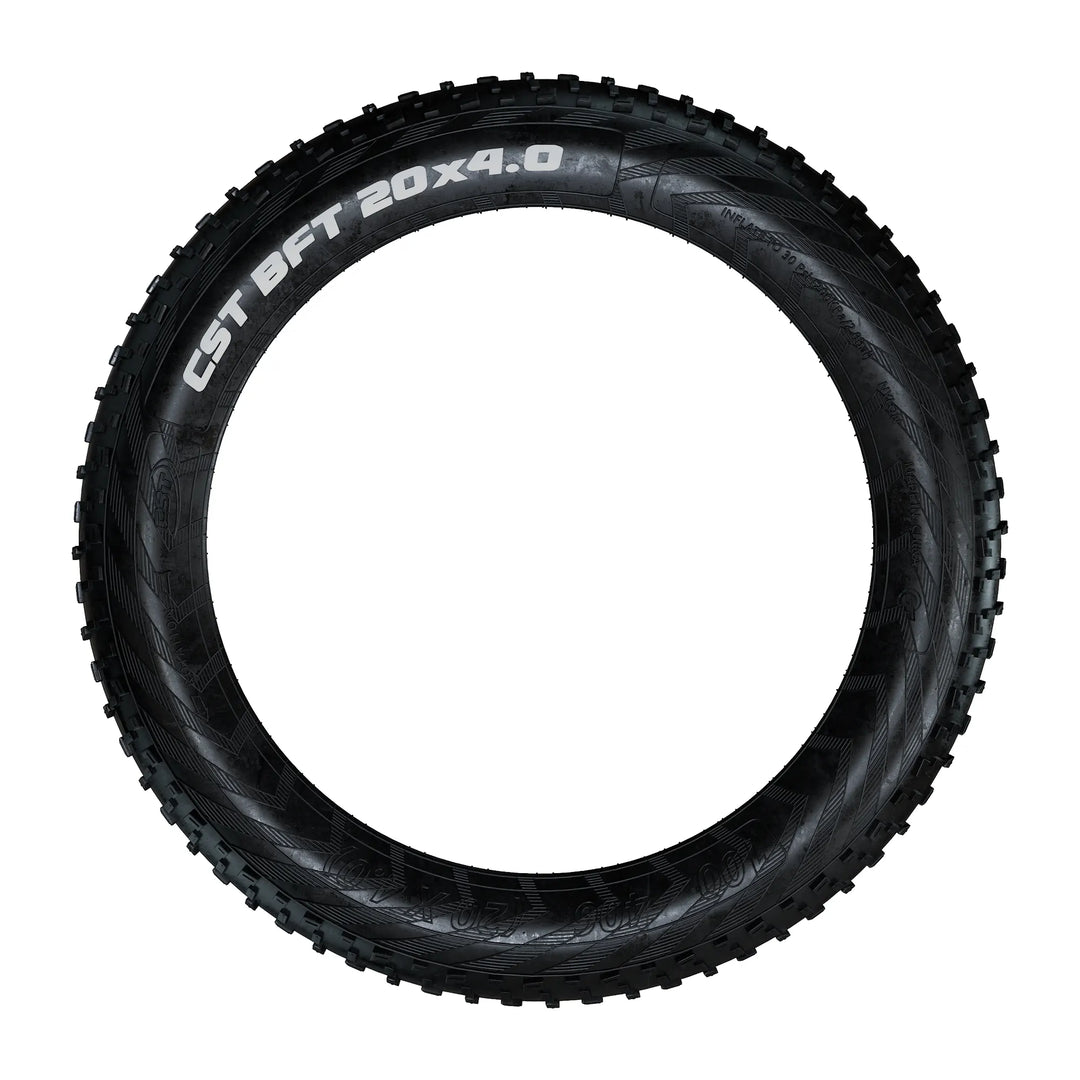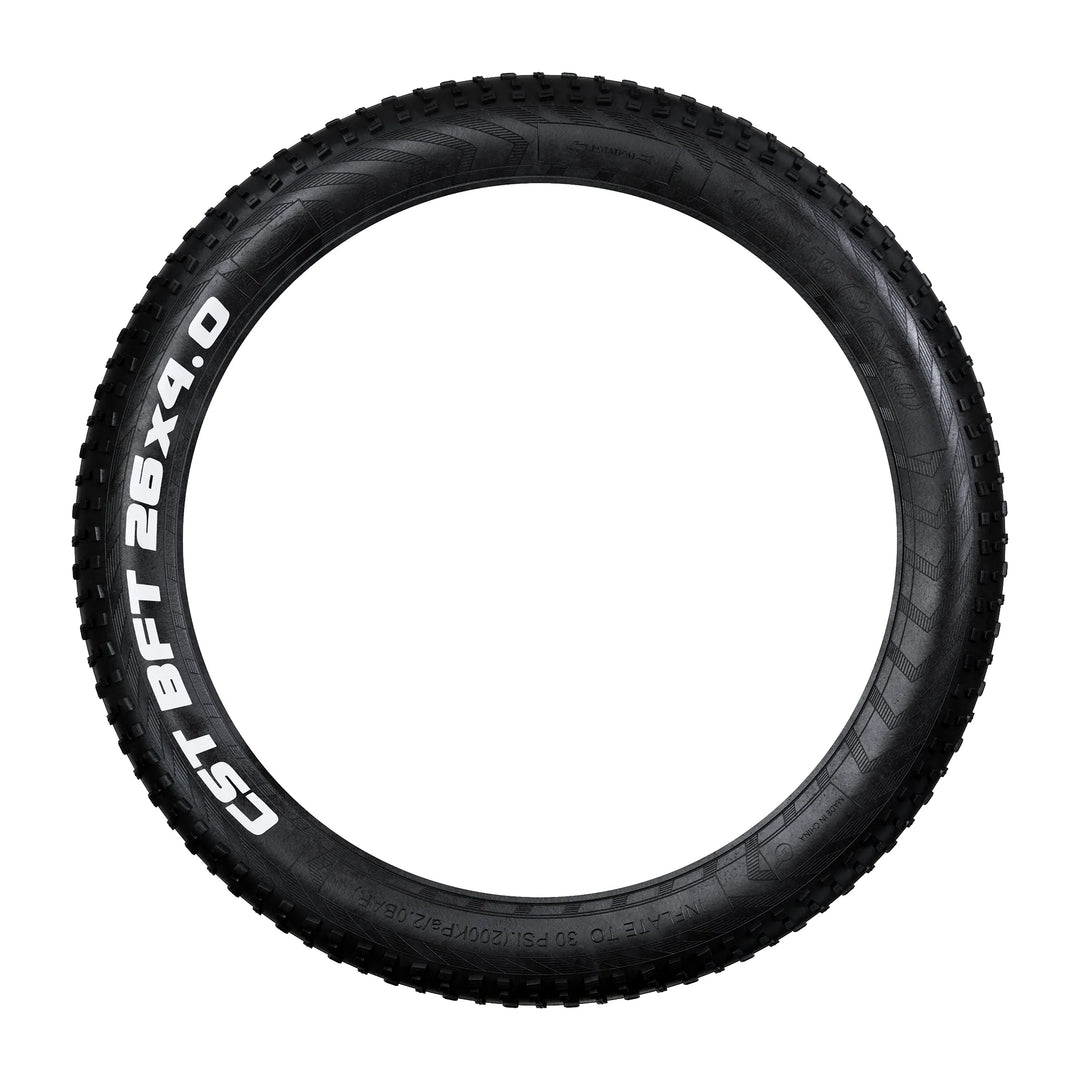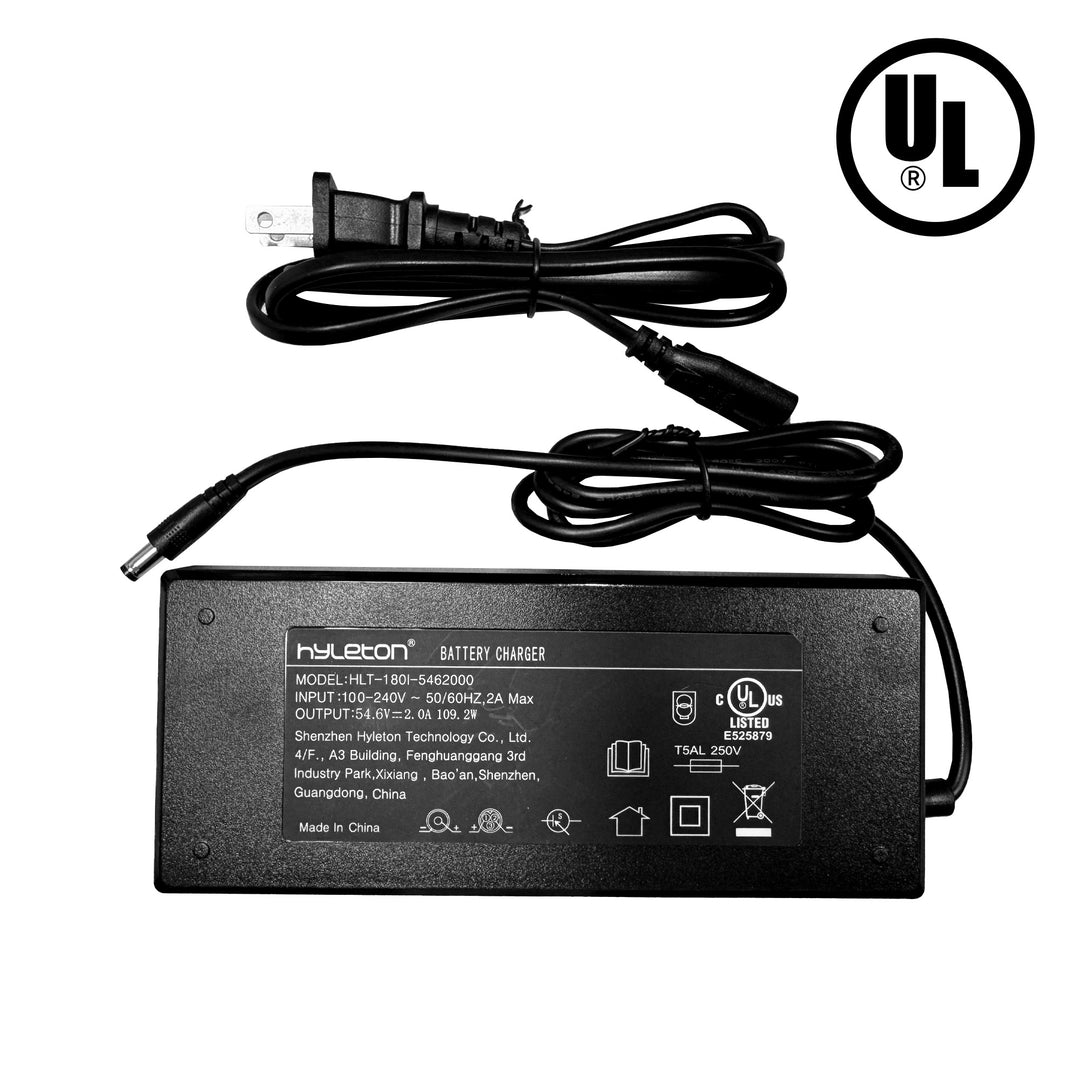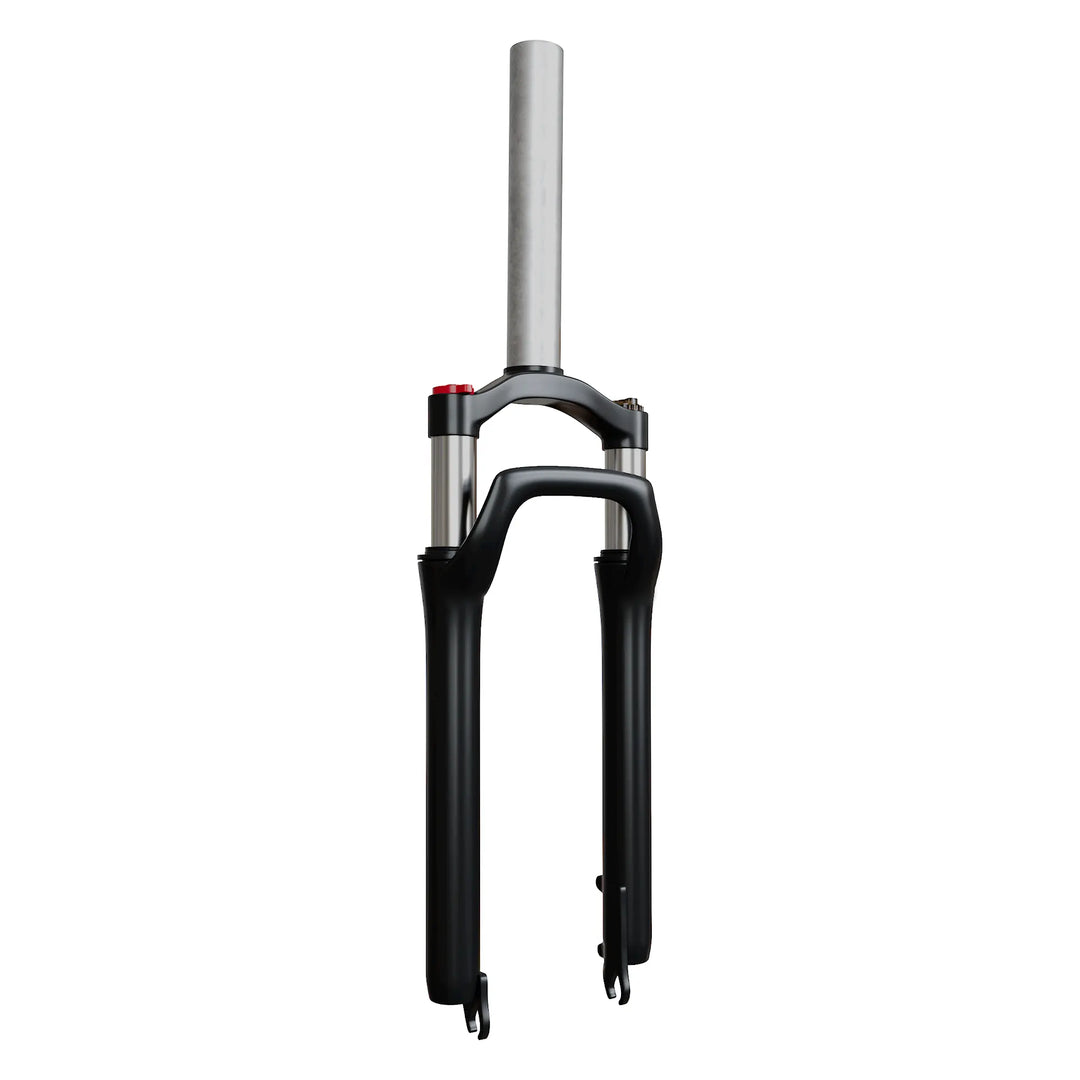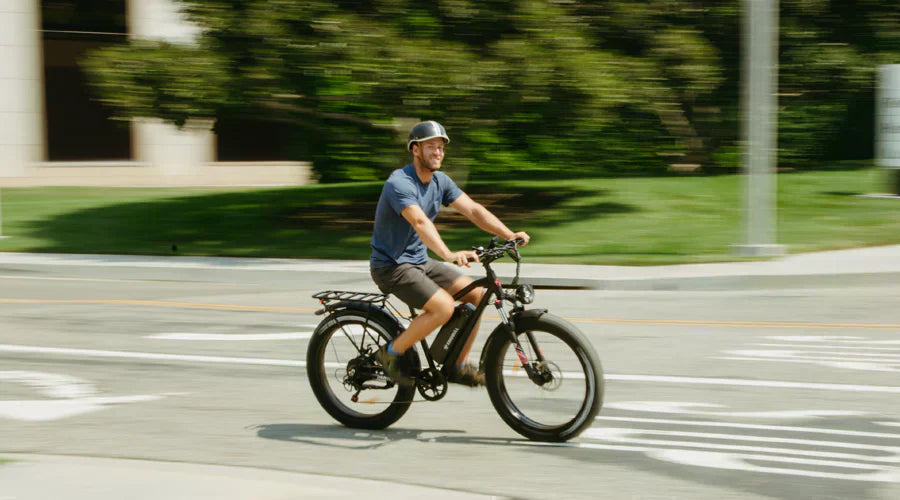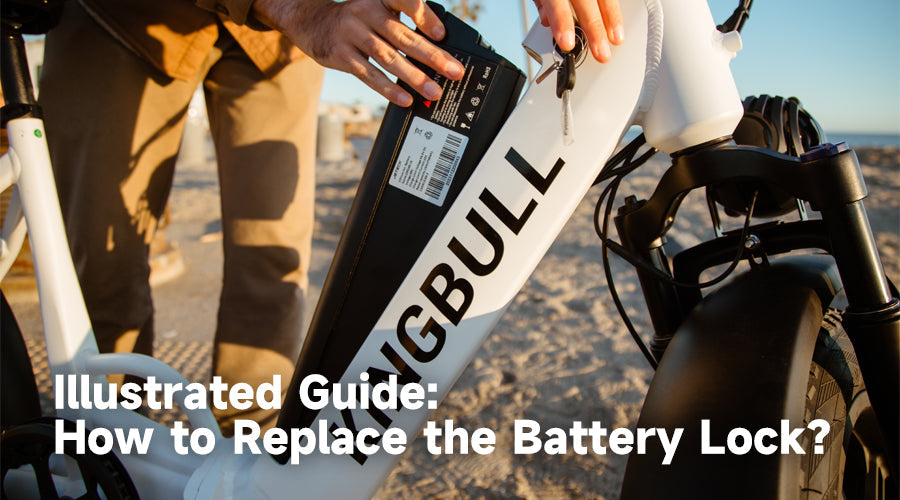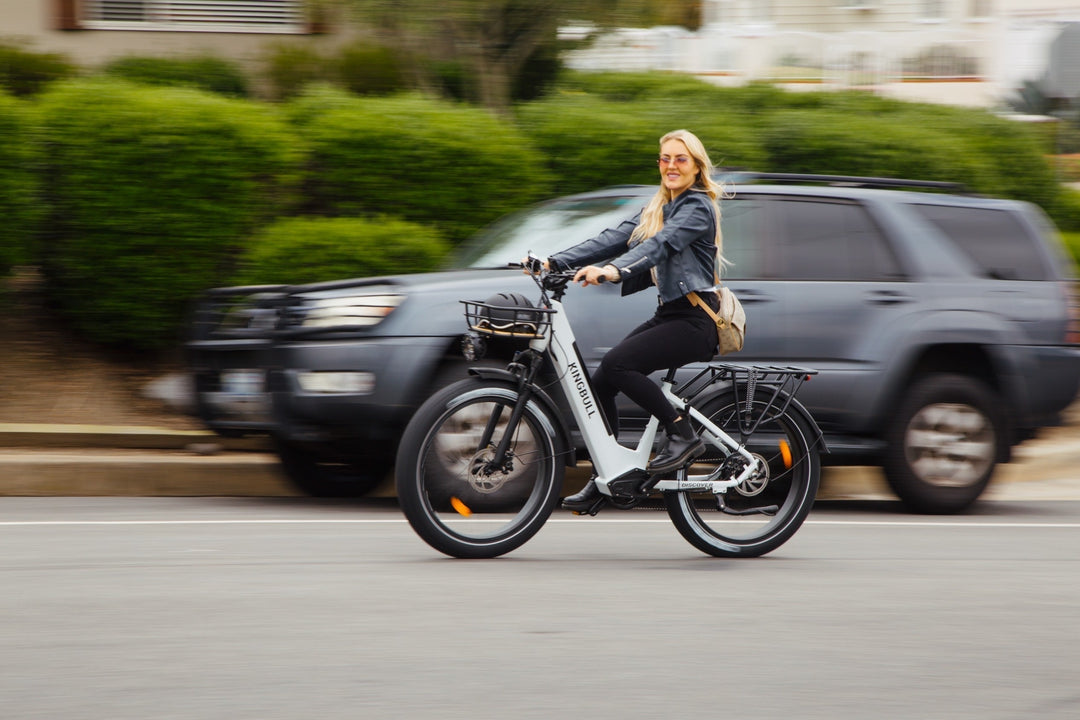
What Affects Electric Bike Speed Limits?
Why Are Electric Bikes Speed-Limited?
Electric bikes in the U.S. are distinct from other vehicles, primarily in terms of performance and regulations. Federal laws set the following requirements for e-bikes:
- Motor power must be 750 watts or less.
- Pedals are required for rider control.
- The top motor-assisted speed is capped at 20 mph.
Riders can exceed 20 mph by pedaling or downhill riding, but the motor assistance stops at this limit. When going downhill, e-bike speeds may surpass the standard limit, but only due to pedal power or gravity. This design ensures e-bike safety and keeps usage consistent across various riding scenarios.
Why Set a Speed Limit?
E-bikes that meet these federal requirements can legally operate on most roads, lanes, and designated bike paths. While some models are built to exceed 20 mph, they're typically for off-road use. On public roads, exceeding speed limits can lead to violations. Some high-speed e-bikes available online are geared toward specialized or off-road use and are not intended for regular commuting.
In the U.S., a 20 mph speed limit is fairly generous. By comparison, European countries set a lower limit at 15 mph. Since average cyclists often don’t exceed 12 mph, the 20 mph cap for e-bikes is reasonably high.
E-Bike Speed Limit Categories
In the U.S., e-bikes are classified into three main types based on control, speed, and power:
-
Class 1: Pedal-assist only, providing motor support as the rider pedals, with a max assisted speed of 20 mph and up to 750 watts of power. This type is ideal for battery efficiency and extended range.
-
Class 2: Throttle-controlled, where the rider can use a throttle for direct electric power up to 20 mph. Unlike Class 1, this class allows full acceleration without pedaling.
-
Class 3: Higher motor support with a speed cap of 28 mph and usually equipped with a 750W motor. Depending on the regulations in different states, there may be age restrictions on the use of Class 3 e-bikes..
What Influences E-Bike Speed?
E-bike speed isn't just about legal caps; other factors play a role too:
-
Motor Power
Motor wattage is crucial. Higher wattage delivers more power, enhancing acceleration and quick-start performance. For example, a 750W motor offers stronger acceleration, especially useful for reaching higher speeds in a short time. Lower-wattage motors are more energy-efficient, ideal for city commuting and smooth rides. -
Rider and Bike Weight
Combined rider and bike weight affects speed and range. Heavier loads demand more motor power, which can lower speed potential. -
Battery Charge
E-bikes perform best with a fully charged battery. As the battery drains, power output may reduce, affecting top speed. Many e-bikes automatically limit power at low battery levels to preserve range. -
Terrain and Road Conditions
Speed varies with terrain. Flat roads allow higher speeds, while gravel paths or steep inclines may require more effort to maintain speed. Downhill slopes, thanks to gravity, will naturally speed things up. -
Weather and Environmental Factors
Weather can impact speed too. Headwinds create resistance, slowing down the ride, while tailwinds can boost speed. Extreme temperatures can affect battery performance, indirectly influencing speed.

Why Following Riding Regulations is Essential
E-bikes generally reach higher speeds than traditional bikes, so laws and speed limits are set to reduce accident risks and protect e-bike riders. Most regions ensure that e-bikes cut motor support upon reaching speed limits, leaving only pedal power to maintain momentum. These laws exist to keep e-bike riding safe and prevent potential traffic incidents.
Conclusion
Electric bikes are an ideal option for those seeking an efficient and easy riding experience, helping riders conserve energy while boosting enjlso important to follow regulations for safety. Higher speeds can increase risk, so choosing the right e-bike and operating it within safe limits is essential.




























